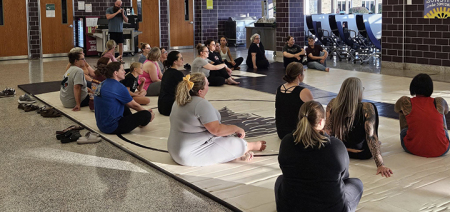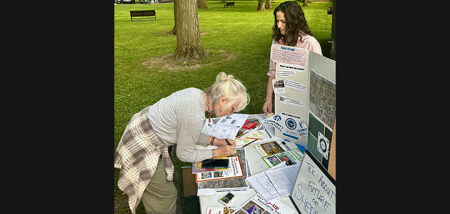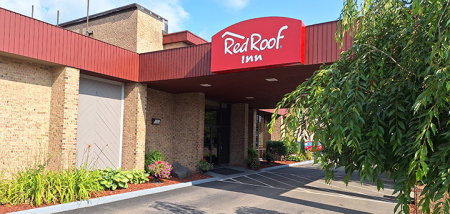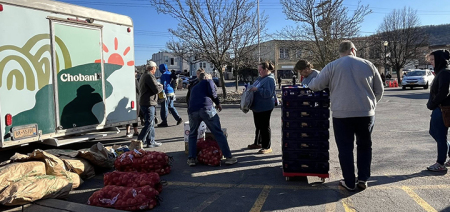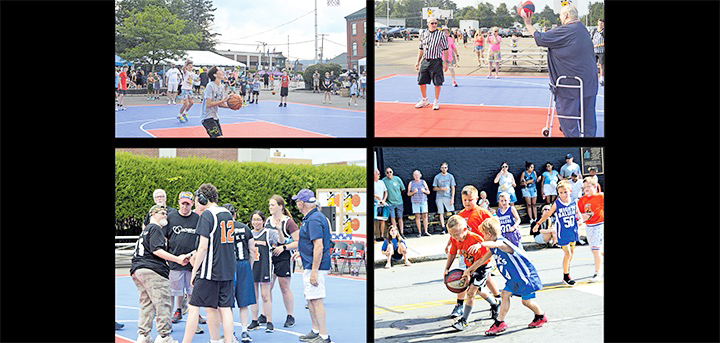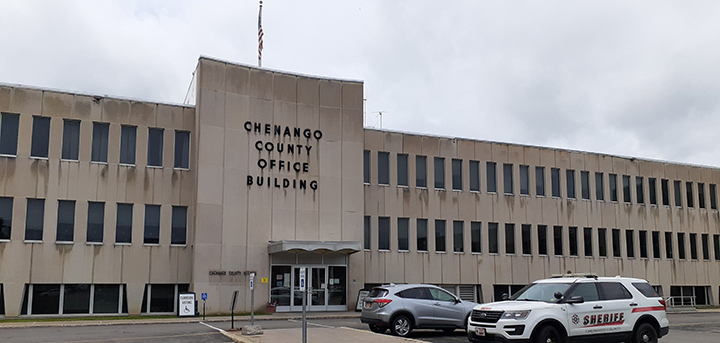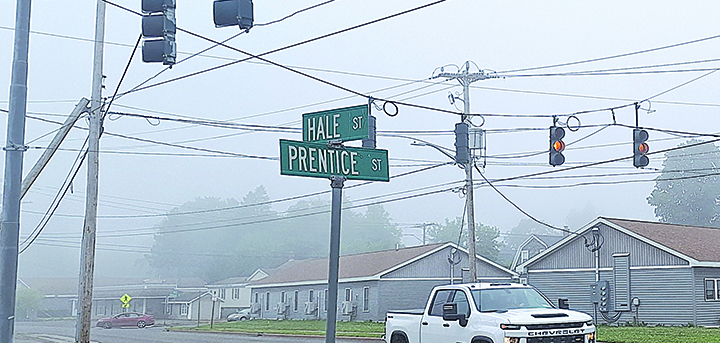Funerals Set For 2 US WWII MIAs From Yonkers, Long Island
Published:
October 12th, 2017
ALBANY, N.Y. (AP) — The remains of two New York servicemen who had been missing since World War II are being buried this month.
The Pentagon announced in June that the remains of 20-year-old 1st Lt. George Betchley, of Yonkers, had been identified after being exhumed from a U.S. military cemetery in Belgium. His B-17 was shot down during a bombing run over Germany in 1945.
The Pentagon says Wednesday that Betchley's remains will be buried Saturday in Clearwater, Florida.
In January the Pentagon announced that the remains of 24-year-old Marine Cpl. Walter Critchley, of East Norwich on Long Island, had been identified after being found on the Pacific island of Tarawa in 2015. He died during the U.S. assault on the island in November 1943.
Pentagon officials say Critchley will be buried Oct. 18 in Arlington National Cemetery.
(This story has been changed by the AP to correct Marine's hometown to East Norwich in Long Island instead of Norwich in upstate.)
– – – –
The Defense POW/MIA Accounting Agency (DPAA) announced today that the remains of a U.S. serviceman, recently accounted-for from World War II, are being returned to his family for burial with full military honors.
Cpl. Walter G. Critchley
Marine Cpl. Walter G. Critchley, 24, of East Norwich, New York, will be buried October 18 in Arlington National Cemetery, near Washington, D.C. In November 1943, Critchley was assigned to Company F, 2nd Battalion, 8th Marines, 2nd Marine Division, which landed against stiff Japanese resistance on the small island of Betio in the Tarawa Atoll of the Gilbert Islands, in an attempt to secure the island. Over several days of intense fighting at Tarawa, approximately 1,000 Marines and Sailors were killed and more than 2,000 were wounded, but the Japanese were virtually annihilated. Critchley died on the first day of the battle, Nov. 20, 1943.
Despite the heavy casualties suffered by U.S. forces, military success in the battle of Tarawa was a huge victory for the U.S. military because the Gilbert Islands provided the U.S. Navy Pacific Fleet a platform from which to launch assaults on the Marshall and Caroline Islands to advance their Central Pacific Campaign against Japan.
In the immediate aftermath of the fighting on Tarawa, U.S. service members who died in the battle were buried in a number of battlefield cemeteries on the island. In 1946 and 1947, the 604th Quartermaster Graves Registration Company conducted remains recovery operations on Betio Island, but Critchley’s remains were not recovered. On Feb. 10, 1949, a military review board declared Critchley’s remains non-recoverable.
In June 2015, a nongovernmental organization, History Flight, Inc., notified DPAA that they discovered a burial site on Betio Island and recovered the remains of what they believed were 35 U.S. Marines who fought during the battle in November 1943. The remains were turned over to DPAA in July 2015.
To identify Critchley’s remains, scientists from DPAA used circumstantial evidence and laboratory analysis, to include dental comparisons and anthropological analysis, which matched Critchley’s records.
DPAA is appreciative to History Flight, Inc. and their partnership for this recovery mission.
Of the 16 million Americans who served in World War II, more than 400,000 died during the war. Currently there are 72,990 service members (approximately 26,000 are assessed as possibly-recoverable) still unaccounted for from World War II. Critchley’s name is recorded on the Tablets of the Missing at the NCMP, an American Battle Monuments Commission Cemetery, along with the others who are missing from WWII. A rosette will be placed next to his name to indicate he has been accounted for.
– – –
Lt. George W. Betchley
Army Air Forces 1st Lt. George W. Betchley, 20, of Yonkers, New York, will be buried October 14 in Clearwater, Florida. On March 22, 1945, Betchley was a member of the 429th Bombardment Squadron, 2nd Bombardment Group, 15th Air Force, serving as a navigator on a B-17G Flying Fortress, carrying a crew of ten on a bombing mission targeting the Ruhland oil refinery near Schwarzheide, Germany. The aircraft crashed in southwest Poland after two of its engines and the left wing were reportedly damaged by German anti-aircraft fire, and German fighters. The pilot and several crewmembers parachuted out, but only the pilot and co-pilot survived. The other eight crewmembers were not recovered following the crash. Betchley was declared missing in action as of March 22, 1945, but his status was later amended to killed in action.
On April 8, 1948, the American Graves Registration Command (AGRC) personnel recovered personal equipment and a set of remains, later designated as “Unknown X-7547 Neuville,” from Janowek Village Cemetery, near Glinica, Poland. The remains could not be identified and were interred as Unknown X-7547 at the United States Military Cemetery Neuville-en-Condroz, Belgium in September 1949.
In April 1948, an AGRC team investigated a crash site associated with Betchley’s aircraft. Local authorities took the team to the crash site where equipment was found in the wreckage which had serial numbers correlating with weapons used on the B-17G Flying Fortress.
After a thorough historical and scientific analysis, it was determined that X-7547 could likely be identified. After receiving approval, on July 7, 2016, Unknown X-7547 was disinterred from Neuville and sent to the DPAA laboratory for analysis.
To identify Betchley’s remains, scientists from DPAA and the Armed Forces Medical Examiner System used mitochondrial (mtDNA) and Y-chromosome (Y-STR) DNA analysis, which matched his family, as well as dental and anthropological analysis, which matched his records, and historical evidence.
Of the 16 million Americans who served in World War II, more than 400,000 died during the war. Currently there are 72, 990 service members (approximately 26,000 are assessed as possibly-recoverable) still unaccounted for from World War II. Betchley’s name is recorded on the Walls of the Missing at an American Battle Monuments Commission site along with the other MIAs from WWII. A rosette will be placed next to his name to indicate he has been accounted for.
For additional information on the Defense Department’s mission to account for Americans who went missing while serving our country, visit the DPAA website at www.dpaa.mil, find us on social media at www.facebook.com/dodpaa or call (703) 699-1420.
Comments

